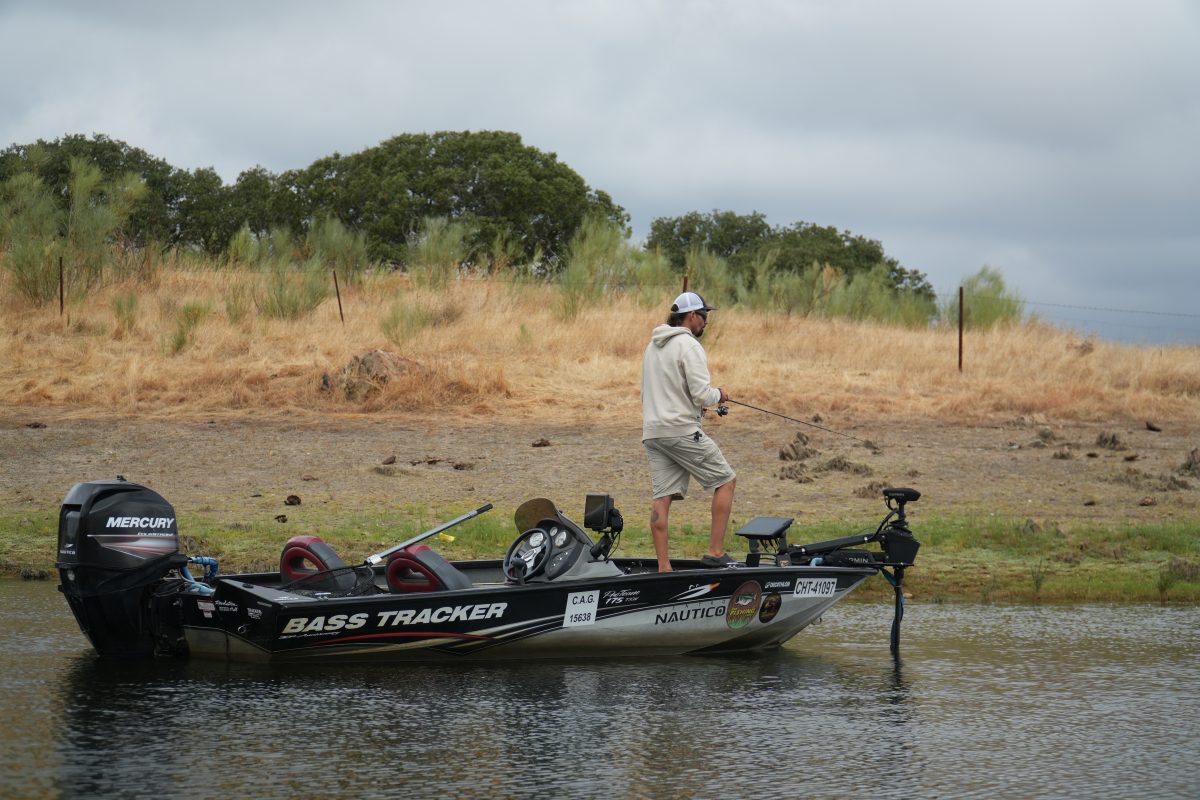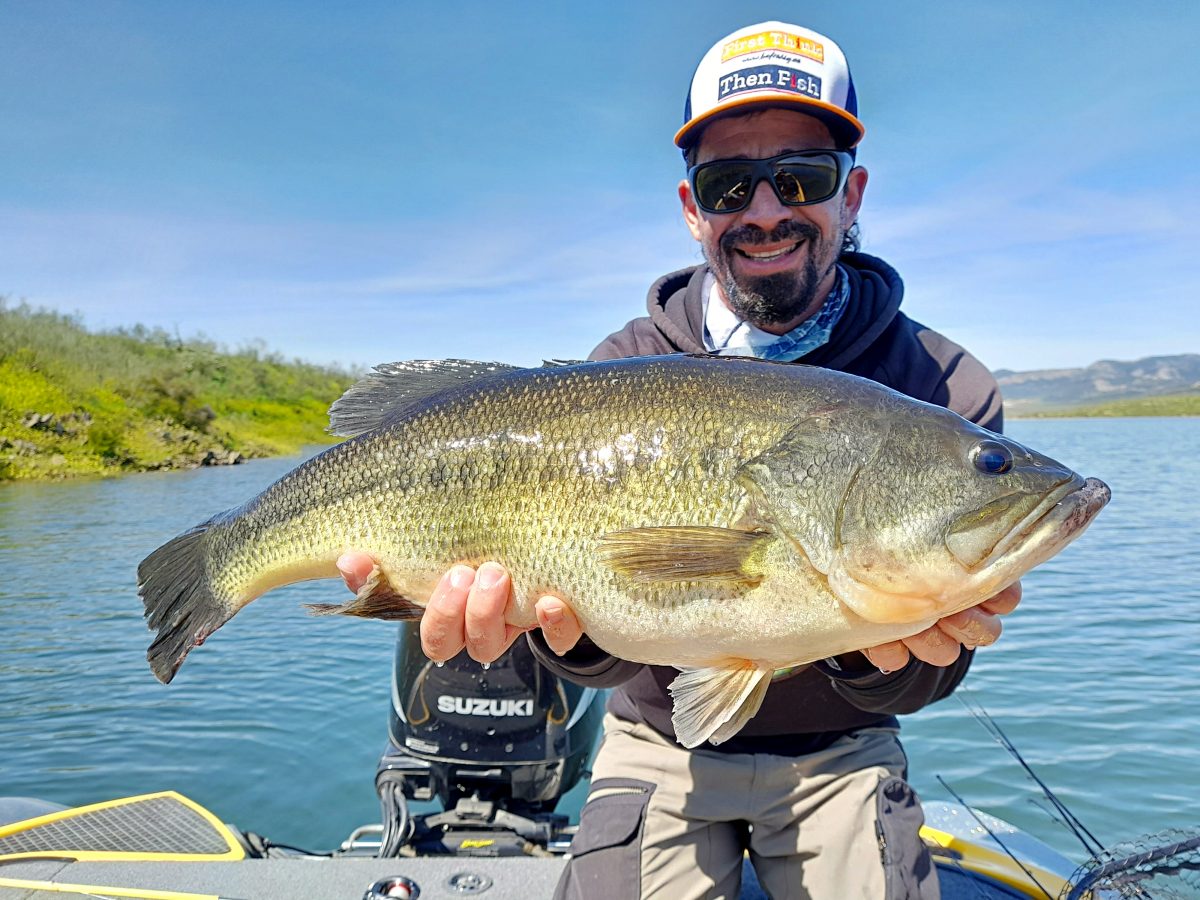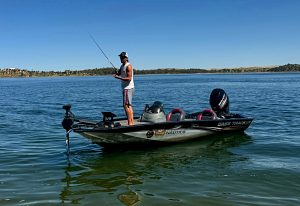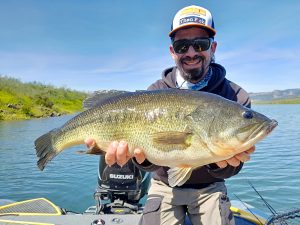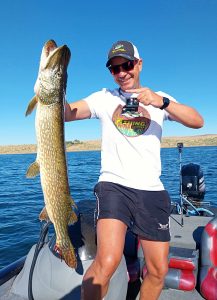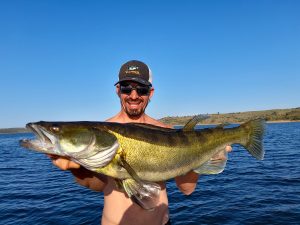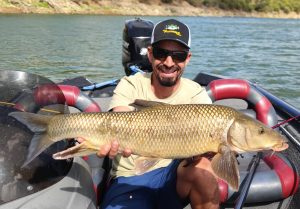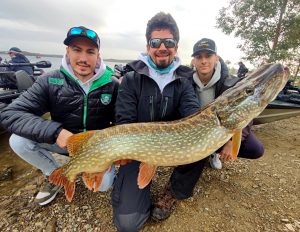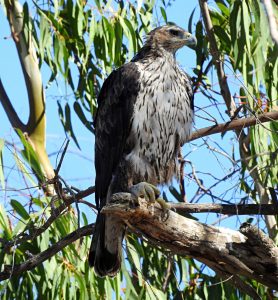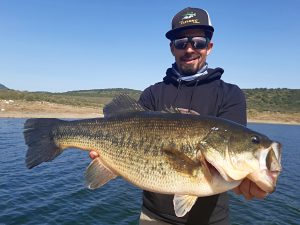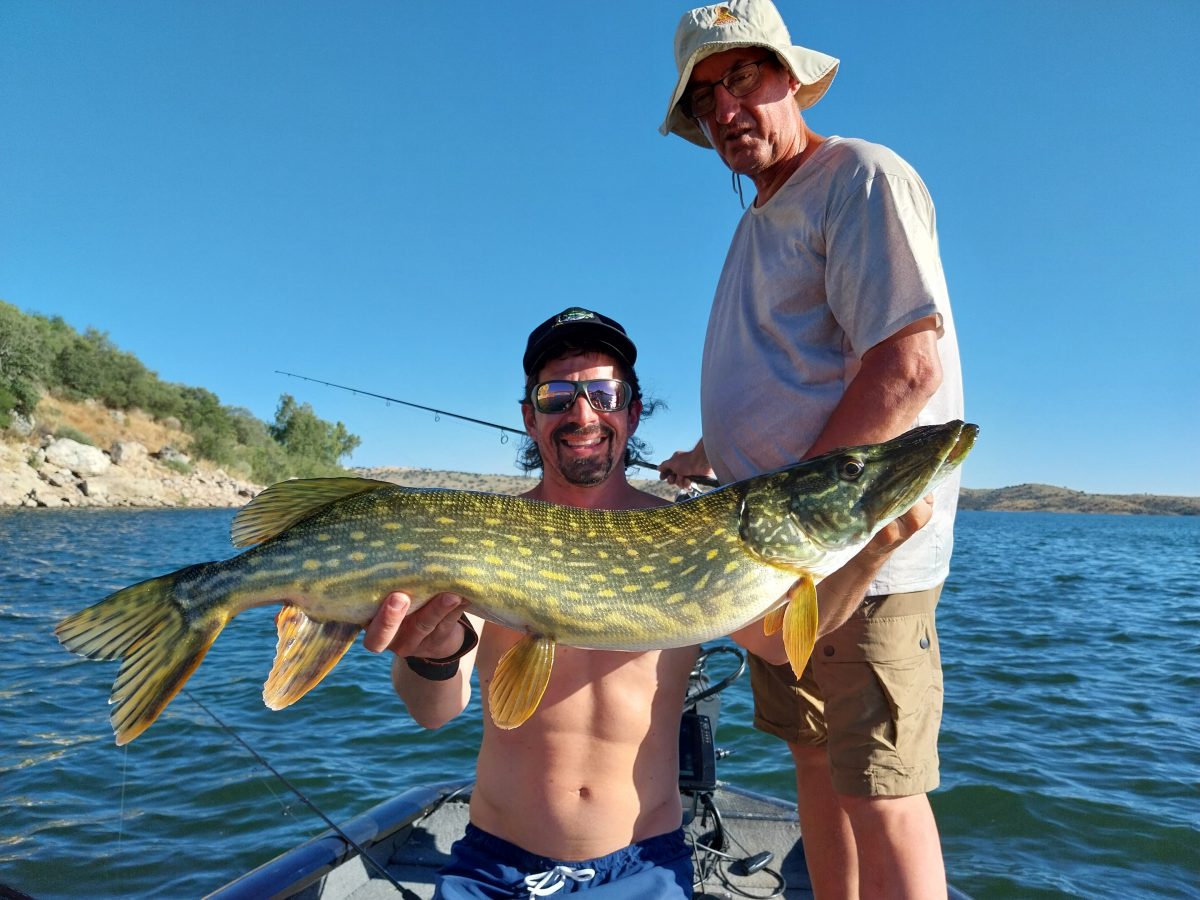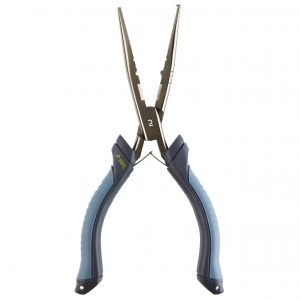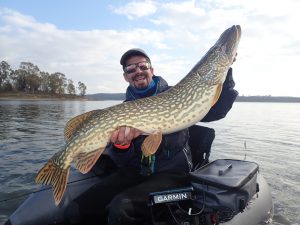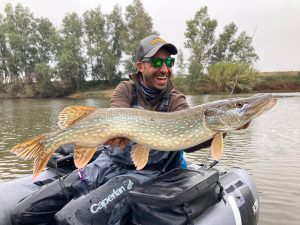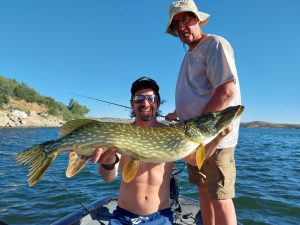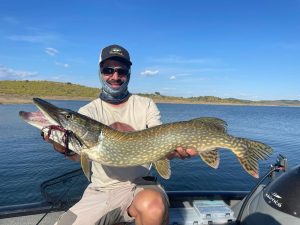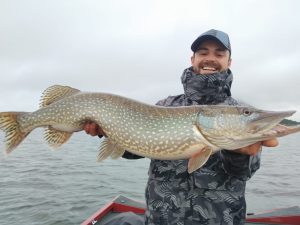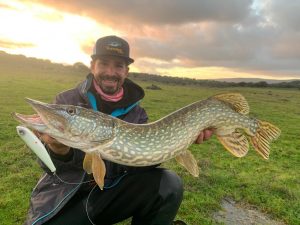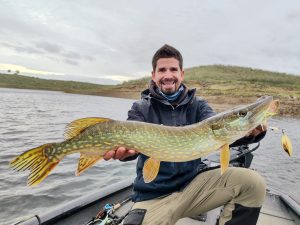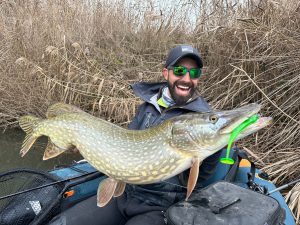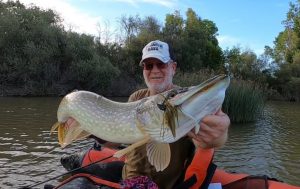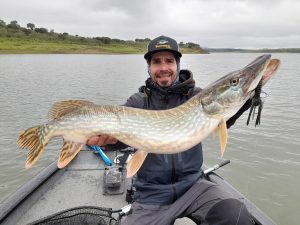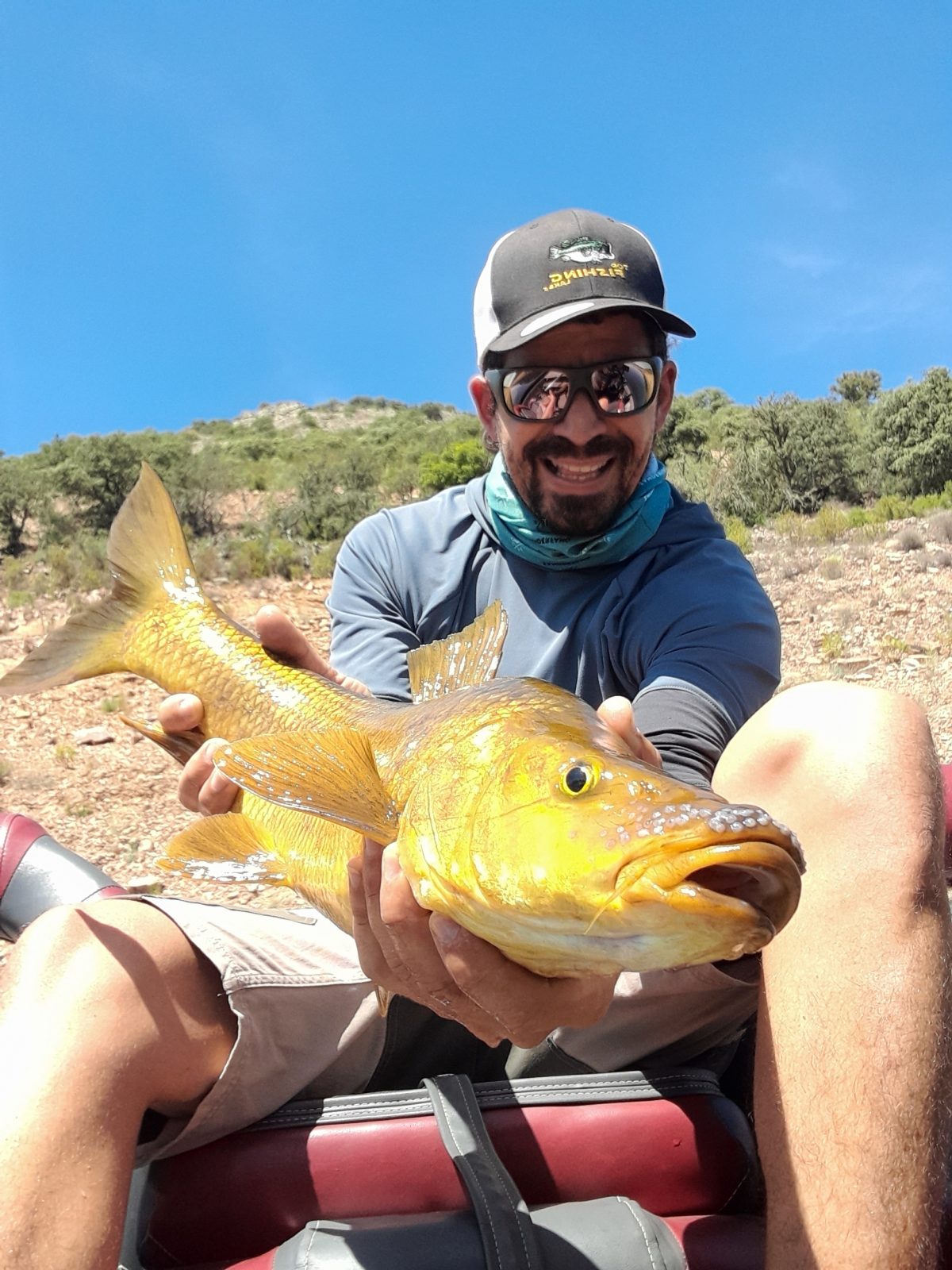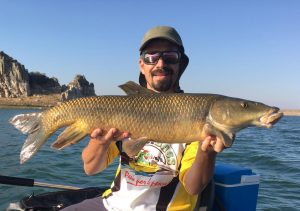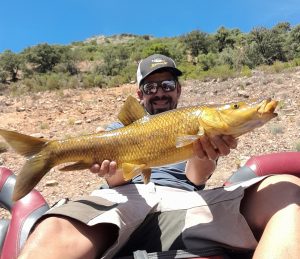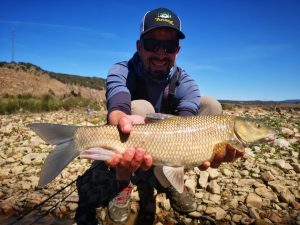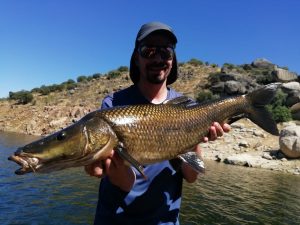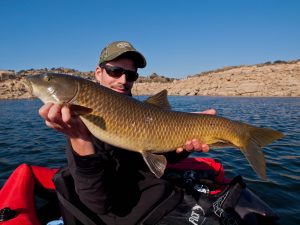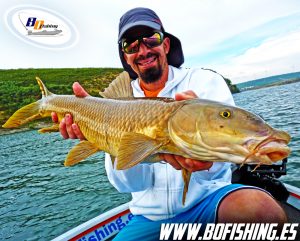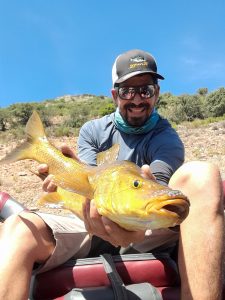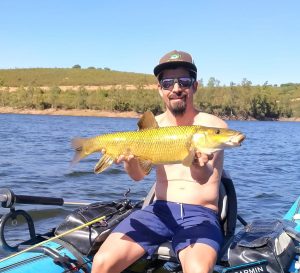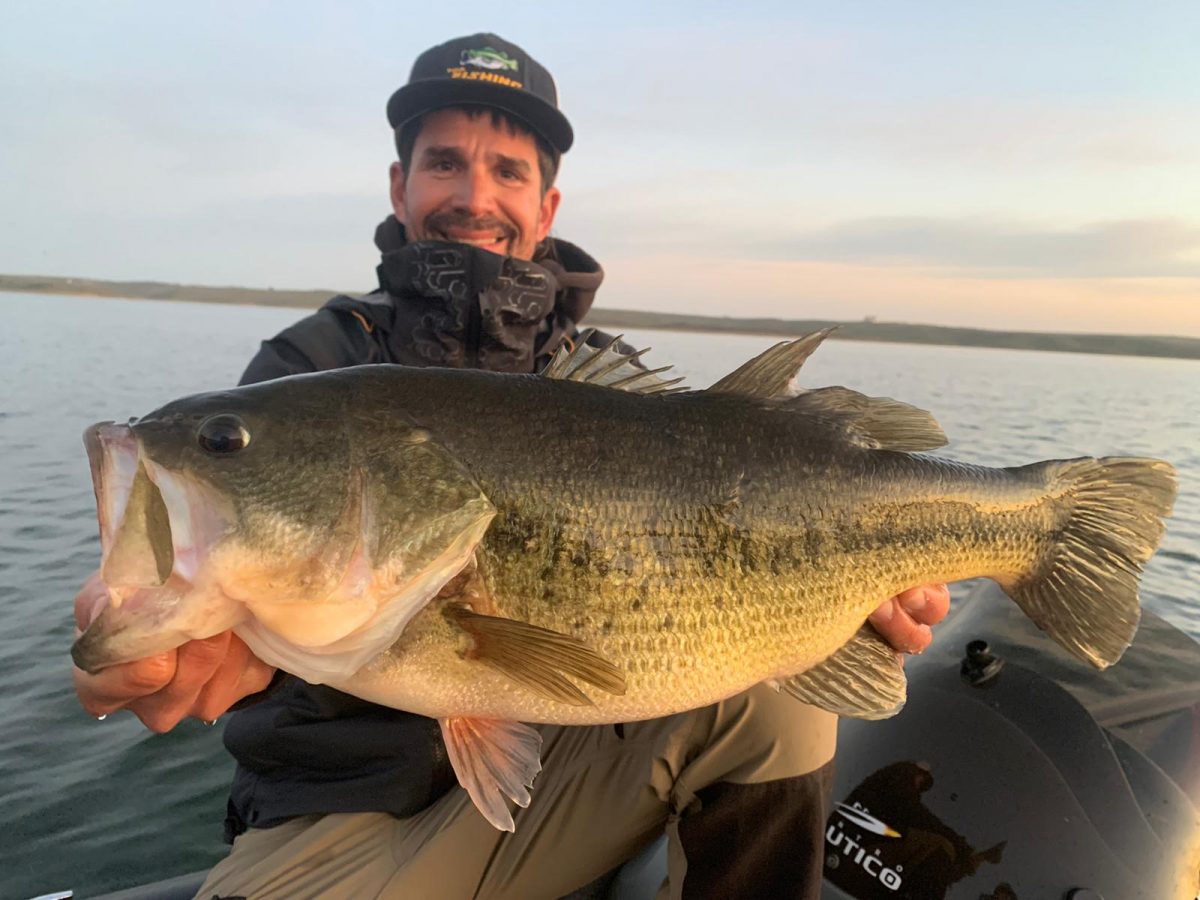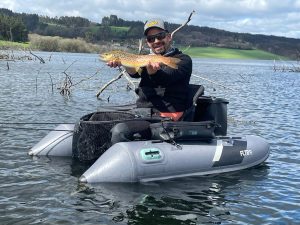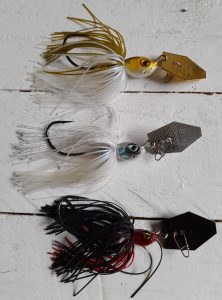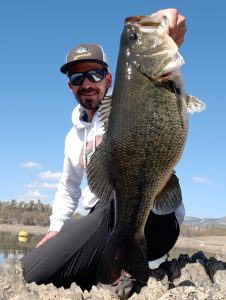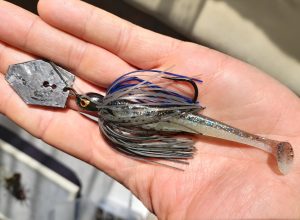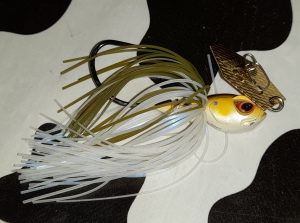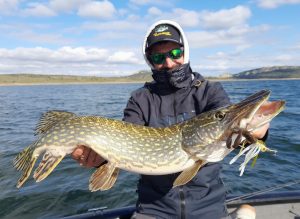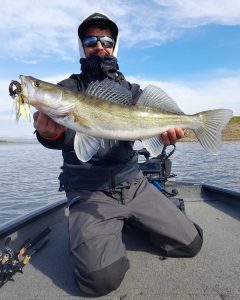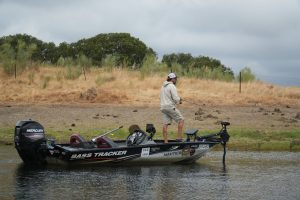
After almost 10 years fishing by boat, most of them as a “package” on good friends’ boats, I think I have enough experience to write this little article. The aim is simply to help you choose, whether you want to buy your first electric motor or a top of the range one, highlighting the advantages of each model. Of course, these are all personal opinions, as I am not sponsored by any motor brand. But many of you ask me questions and I think it can help you to be clear about a series of notions.
Characteristics of a trolling motor

Before we start, I’m going to talk about some basic concepts that can help us understand what we need. Nowadays engines have multiple options, which most freshwater anglers do not use… But there are others that we do and that can help us a lot in our fishing trips. Of course, if you want more professional advice than this, my friends at Centro Naútico Spain will be able to advise you even better than I can. Ismael, Lola and all their team have a great experience in this world and distribute motors of all the brands I am going to talk about.
Power
It is measured in pounds and measures the thrust of an engine. For a bassboat it is normal to buy an engine that has between 50 and 100 lbs, depending on the weight of our boat and the conditions in which we want to fish. The top of the range models can go up to 120 lbs. The windier it is, the more lbs you will need.
Voltage of a trolling motor
The more voltage our motor can support, the longer the battery will last (but also the more expensive it will be) and the more power it will be able to develop. The cheapest models can operate at 12 V, but today most of them work perfectly well at 24 or even 36.
Shaft length
This is something that many anglers don’t take into account. If your boat has a deep draft or you’re going to be sailing in heavy surf frequently, a long shaft can help you a lot.
Type of control
The most basic models are placed in the stern but normally we will have a petrol engine in the stern and the electric one in the bow. The stern engines are hand-held and the rest come with a foot pedal. There are more modern models that come with a remote control that can be hung around the neck.
GPS and anchor
Most of the latest models come with built-in GPS and the electronic anchor or Spot-Lock function. This feature allows you to keep the boat at a GPS point without having to set it manually. It is ideal if you want to fish a position for a long time.
Main trolling motor models
In this article I am going to talk about the models that I have logically tested. Luckily I have tested most of the models that I consider to be the best value for money on the market. Here I will highlight their main advantages.
Garmin force
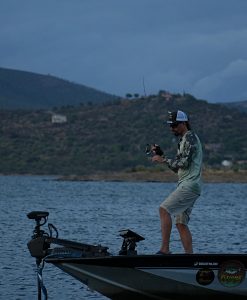
Garmin force motor is the one I have installed on my boat and I am very happy with it, both as a user and as a fishing guide. It is brushless, fairly quiet and powerful motor. At 24 volts it has a thrust of 80 lbs and at 36 it has a thrust of 100 (I have not tested it at 36). It is a robust motor and has a remote control, especially useful for guides. Also the head turns when the motor turns and we can see where it is pointing even if we are sitting in the back of the boat. Its least strong point is the anchor. The anchor is not very accurate and the boat pitches and corrects its position frequently so it is not very comfortable to fish with.
Garmin force pro has recently been released with some improvements. The anchor is more accurate and has a reverse function (the propeller can rotate in both directions which makes it easier to rescue lures caught on the shore). It also has an indicator light on the motor head to let you know when it is running.
Lowrance
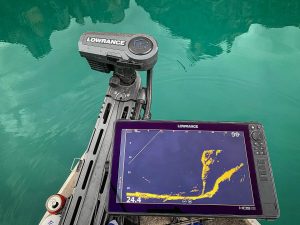
Lowrance Ghost is a trolling motor that has surprised us all since it came out. A tremendously quiet, brushless motor with an indicator light just like the new Garmin motor. It is more powerful, developing 97 lbs of power at 24V and 120 lbs at 36V. The anchor is really accurate, keeping the boat in one spot with almost no pitching, whether it’s upwind or against a moderate current.
On the downside, it does not come with a wireless controller as standard (although it can be purchased) and its head does not swivel when the boat changes direction. The latter is only a drawback for fishing guides, although it also makes casting a little difficult when fishing with a real-time sounder and the fish is not aligned with the bow of the boat.
The new model of Lowrance, Recon motor has recently come out, which I have no reference for but hope to try out soon. It comes with a built-in wireless controller and is saltwater ready. It improves its connectivity with sounders and in theory the electronic anchor is even more accurate.
Minnkota trolling motor
Minnkota is a brand that has been making electric motors for many years and therefore has a much wider range of models. If we are just starting out, have a small boat or our budget is not enough to buy an engine like the one from Garmin or Lowrance, Minnkota will be our safest bet.
There are currently 4 models available for bass boats. Powerdrive is the most basic, it can operate at 12 V at 45 and 55 lbs and at 24 V at 70 lbs. Then there are Terrova, Ulterra and Ultrex. The 3 are equally powerful: 80lbs at 24V and 112lbs at 36V. All of them have electronic anchor function included. All of them can be purchased in the Quest version, which is brushless and quieter. In addition, this version gives a little extra power (90 lbs and 115 lbs) and is more efficient when there is algae.
Power drive is the most economical. Terrova stands out for its ease of use. Ulterra is launched by simply pressing a button that can be installed anywhere on the boat, or you can even press it with the wireless remote control. Ultrex is the top of the range motor and stands out for its GPS anchor which is more accurate than the previous models.
In short, if you want to buy an electric motor, here is some basic information that I hope will help you. But if you need more detailed information, I insist, contact with Centro Náutico Spain, they test these engines every day and will be able to help you choose better than I can. Cheers and good fishing.

